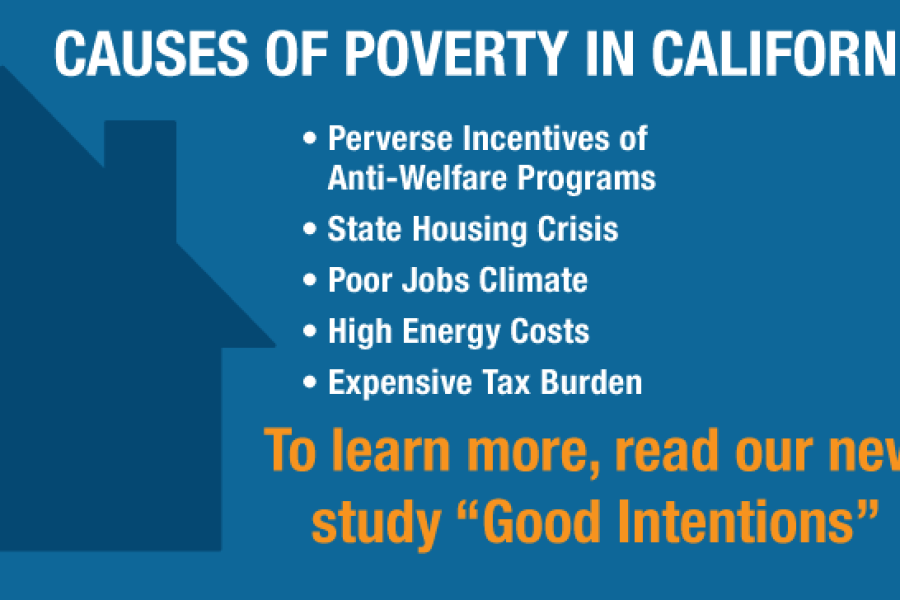June’s elections in California and Maine represented a dream come true for political nerds everywhere.
It brought to light a strange voting system in San Francisco and some other liberal California cities called ranked-choice, or instant runoff, voting.
Ranked-choice voting takes effect when no candidate receives a majority of votes in an election. Voters list their second-place choices in order of preference. While the process varies by jurisdiction, essentially you order the candidates as your number one, two, or three preferences. After multiple rounds of tabulations, the candidate with the fewest votes each round is eliminated, and their votes redistributed, until a candidate receives a majority vote.
In California, ranked-choice voting took center stage in this month’s San Francisco mayoral election. Supervisor London Breed – who served as acting mayor following the death of Mayor Ed Lee – ranked first in most polling. Liberal candidates Mark Leno and Jane Kim encouraged their supporters to rank the other as their second choice to ensure a liberal candidate won.
It didn’t work. Breed emerged in first place in the actual votes – and first place in the ranked-choice voting – and won the election.
The ranked-choice voting system used in Maine’s primary election was so wild that the state’s colorful governor Paul LePage announced that he will probably not certify the results, as he argues the process is unconstitutional.
Proponents say electing someone with just a plurality of the votes does not represent the will of the majority. They also argue that ranked choice voting eliminates the need for costly runoff elections.
I see constitutional issues with ranked choice voting. I’m not a lawyer, it would seem to me that this scheme violates the sacred constitutional principle of one person, one vote.
Additionally, ranked choice voting doesn’t seem more efficient to me, but rather a way to rig the system to elect the most liberal candidate.
Consider what happened in Oakland in 2010 when Don Perata – the overwhelming favorite going into the election, lost in a shocking upset to extreme progressive Jean Quan under ranked choice voting. She never would have been elected if she had to campaign one-on-one against Perata in a runoff election.
San Francisco switched to ranked choice voting in part because more mainstream candidates were getting elected. Maine adopted a ranked choice voting system in part because Paul LePage was elected governor twice with less than 50 percent of the vote.
In a traditional runoff, both candidates must appeal to all constituencies to win a majority of the vote. Whoever wins has real legitimacy that they are the candidate supported by a majority of voters.
Gov. Brown vetoed legislation in 2016 to let all California cities to use ranked-choice voting (a bill ironically carried by then-Sen. Mark Leno). He said that “ranked-choice voting is overly complicated and confusing . . . (and) deprives voters of genuinely informed choice.”
He’s right. Bottom line – Can you really say that with someone who got 35 percent of the vote, but was then elected by some crazy scheme, was legitimately elected?
Tim Anaya is communications director for the Pacific Research Institute.


